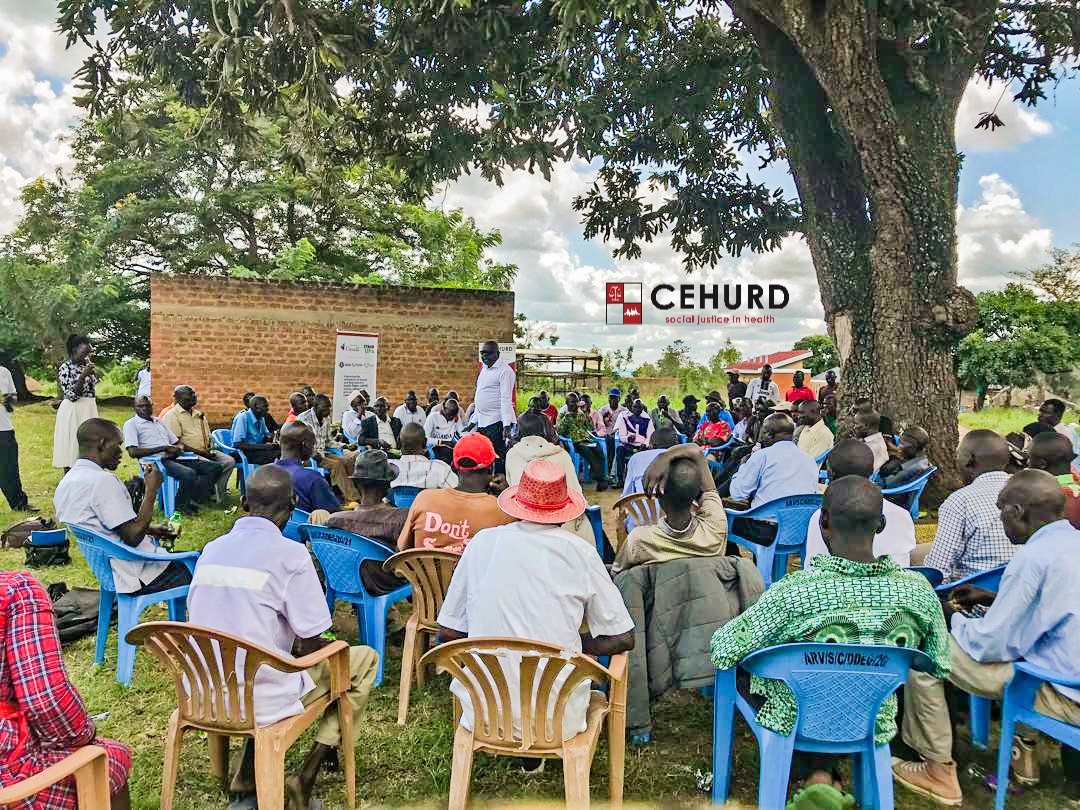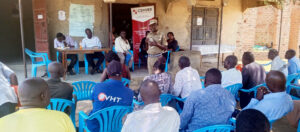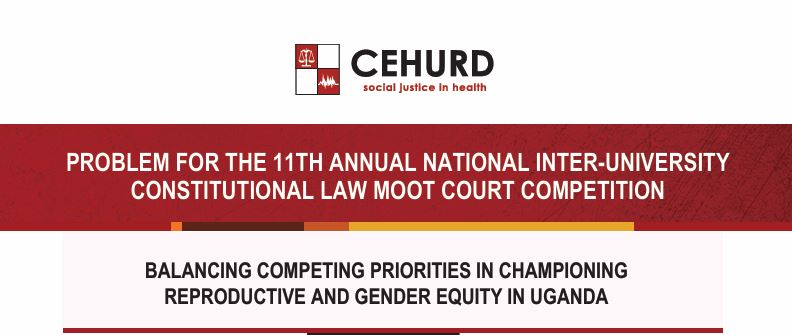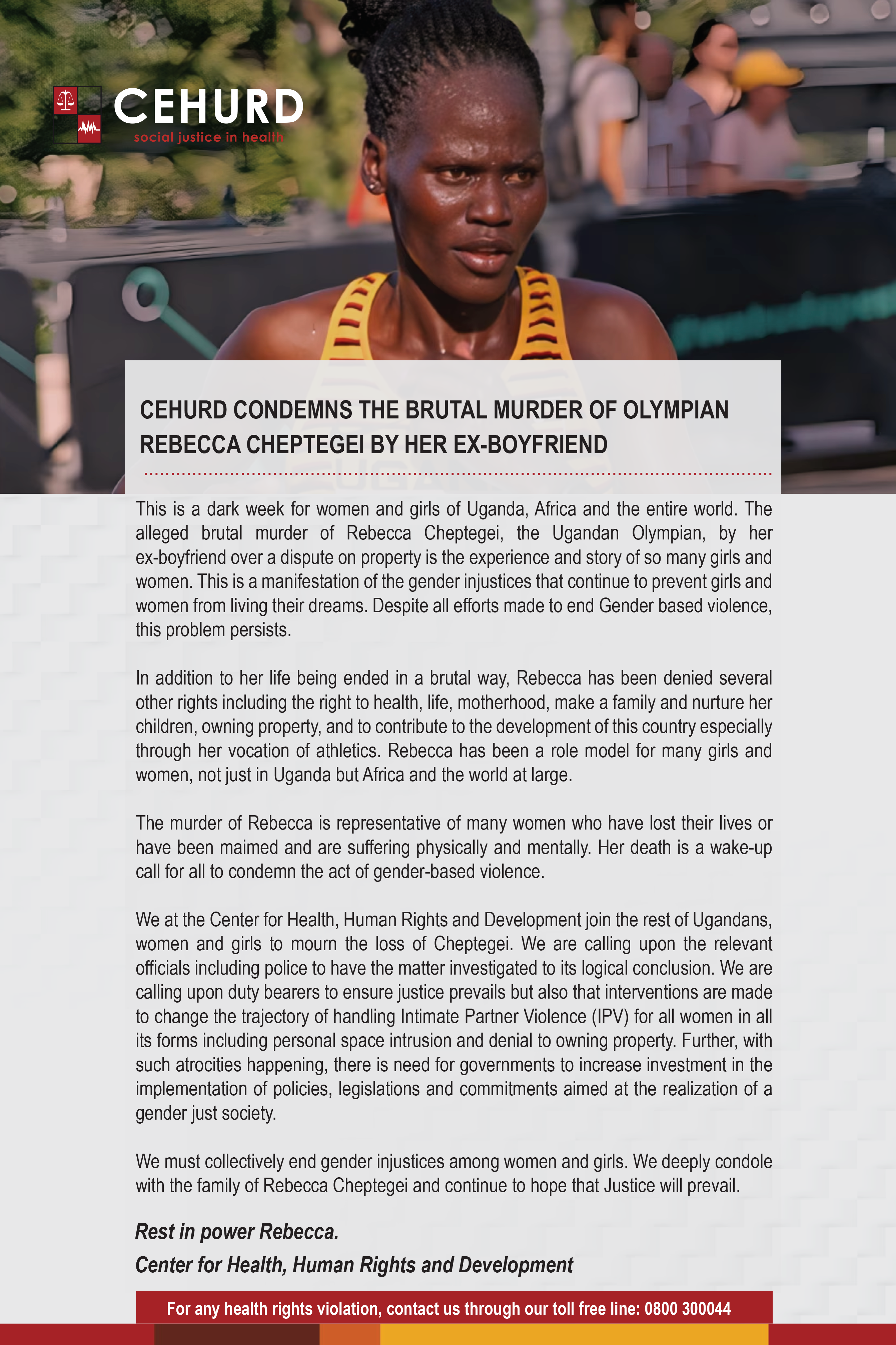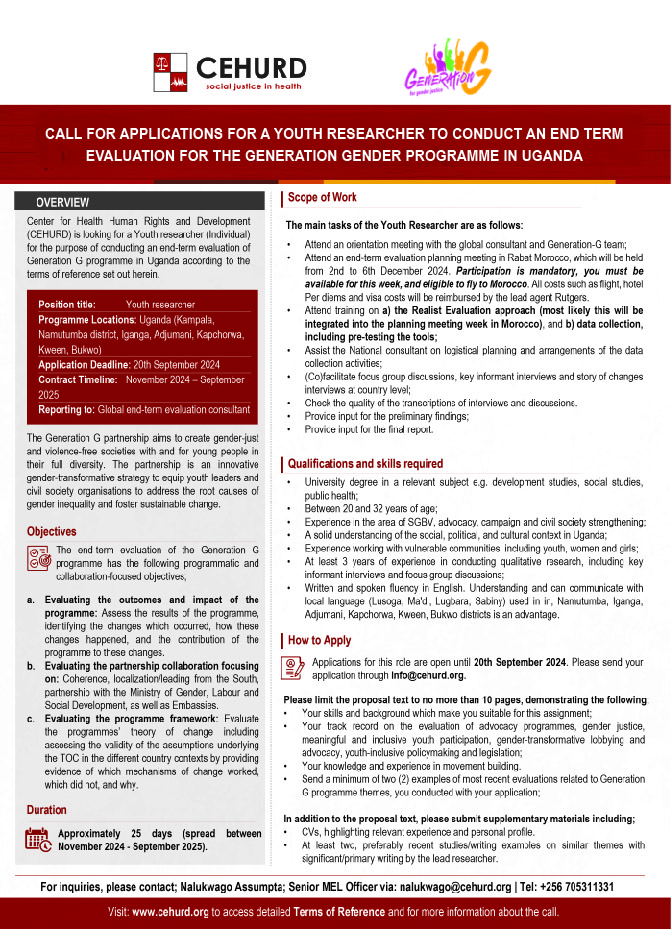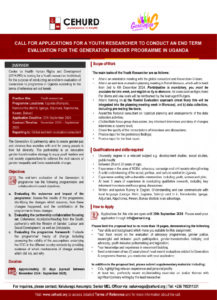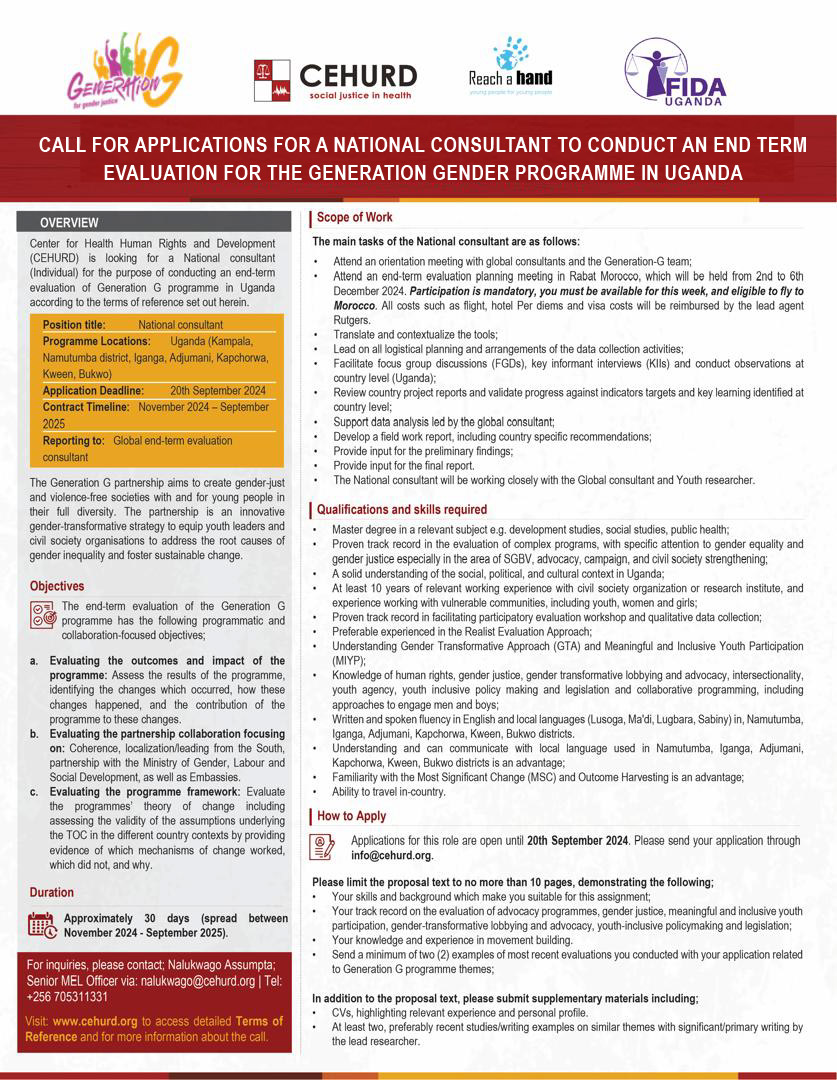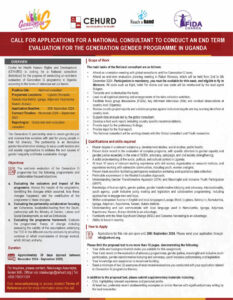– by CEHURD’s Community Empowerment Programme | Stand Up project – Oxfam
Teenage Pregnancy rates are still high in West Nile Region and these have come with many challenges among adolescent girls and young women in the region. With support from Oxfam-Uganda under the Stand UP project, CEHURD is employing different strategies to avert the situation in the two regions.
Among the strategies employed by CEHURD include; Utilizing the Legal tool in advancing access to Sexual and Reproductive Health Rights (SRHR) among the adolescents and young people. As such, CEHURD conducted consultation engagements with different stakeholders in the two regions with an aim of documenting insights and recommendations from community stakeholders, on possible remedies including development of By Laws and Ordinances to guide the advancement of SRHR among the communities.
CEHURD intends to work with the District Local Governments and revive the Education Ordinance as well as the Child Protection Ordinance in Arua and Namayingo respectively. The enactment of the Ordinances with effective implementation will help to mitigate challenges faced by young people among which include; child marriages, sexual gender-based violence, teenage pregnancies, child labour, and school drop outs. This will therefore lead to an increase in the enjoyment of SRHR among adolescent girls and young women in the two regions, particularly in light of the rising cases of early marriage and teenage pregnancies.
During the consultations, some of the key concerns were raised included the following;
1. Leaders expressed frustration over past ordinances that were not effectively enforced and hoped for the new ordinances to address the shortcomings of the earlier laws that were not effectively implemented due to budget constraints and lack of awareness among local leaders among other factors.
2. There was a strong focus on the rising cases of child marriages and SGBV with leaders highlighting the urgency to address these issues through the new ordinance.
3. The consultations stressed the importance of community engagement in developing, implementing and monitoring the ordinance to ensure it meets local needs and protects children’s rights.
4. The need for increased awareness strategies to educate the community about children’s rights, their responsibilities towards implementation and the implications of the ordinance were highlighted.
The outcomes of these consultations will be instrumental in shaping the ordinance, reflecting the community’s needs and aspirations while promoting sustainable educational practices in the communities.
The district leaderships are concerned about the situation at hand, according to the Arua District LC5 Chairman Alfred Okuonzi, ❝The district has recorded alarming statistics including cases of teenage pregnancies and school dropouts which is attributed to poor parenting and moral decay affecting children’s ability to attain education.❞ He pledged to ensure law enforcement is proactive once the ordinance is enacted.
On the other hand, the Health in Charge of Sigulu health Center III appreciated CEHURD and partners for supporting the initiatives aimed at advancing access to SRHR as well as addressing SGBV in the region.
❝I have seen many cases of teenage pregnancy resulting from this night fundraising in the community. The girls are vulnerable, naive and due to difficulties, they cannot access reproductive health from health facilities. These also in most cases present with HIV/AIDS at a later date of their antenatal leading to a high rate of HIV transmission,❞ he noted.

